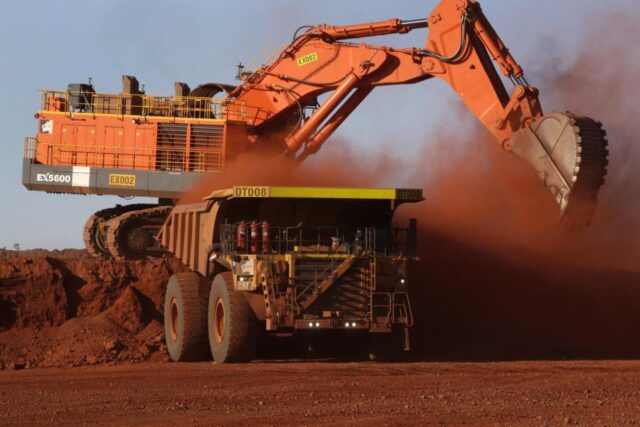Mine waste across the Northern Cape could soon find a new life.
MINE waste across the Northern Cape, and especially at the Kumba Iro Ore mine, could soon find a new life.
South Africa, Sweden and Australia are at the forefront of a push to transform piles of mine waste and by-products into rare earths vital for the green energy revolution, hoping to substantially cut dependence on Chinese supply.
Prices of the minerals used in products from electric cars to wind turbines have been strong, and a rush to meet net-zero carbon targets is expected to further boost demand.
Europe and the US are scrambling to wean themselves off rare earths from China, which account for 90% of global refined output.
Six advanced projects outside China, including one operated by Swedish iron ore miner LKAB, are now being developed to extract the materials from mining debris or by-products.
Australia’s RMIT University estimates there are 16.2 million tonnes of unexploited rare earths in 325 mineral sands deposits worldwide.
The six projects, processing material from mineral sands, fertiliser and iron ore operations, are targeting output of over 10 000 tonnes of key elements neodymium and praseodymium (NdPr) oxide by 2027, analysis by consultants Adamas Intelligence showed.
That, Adamas said, is equivalent to some 8% of expected demand for the two rare earths, vital for making permanent magnets to power EV and wind turbine motors.
Recovering rare earths from waste is much quicker than setting up new projects from scratch. A new mine that state-owned LKAB is planning to develop at Europe’s largest known deposit of rare earth oxides could take up to 15 years to launch.
In contrast, its project to isolate rare earths from by-products from two existing iron ore mines in northern Sweden is due to kick off in four.
Material from an initial stage of iron ore processing, which is currently deposited in a tailings dam, will be retained and go through further treatment stages.
“We want to make sure we extract as much value as possible, and when we come to the critical minerals, we have those in our ores already,” said David Hognelid, LKAB’s chief strategy officer for special products.
The company will extract phosphorus for fertiliser, fluorine and gypsum in addition to rare earths.
In South Africa, Rainbow Rare Earths is also planning to process stacks of waste from years of phosphate mining.
But the biggest such project is in Australia, where mineral sands producer Iluka is gearing up to process one million tonnes of stockpiled by-products that have been building up at its Eneabba site since the 1990s.
A key element to making new projects viable is technology developed to separate the rare earths.
Rainbow Rare Earths will use a new process developed by US company K-Technologies based on ion chromatography, which is common in the pharmaceutical industry and other sectors.
REUTERS








